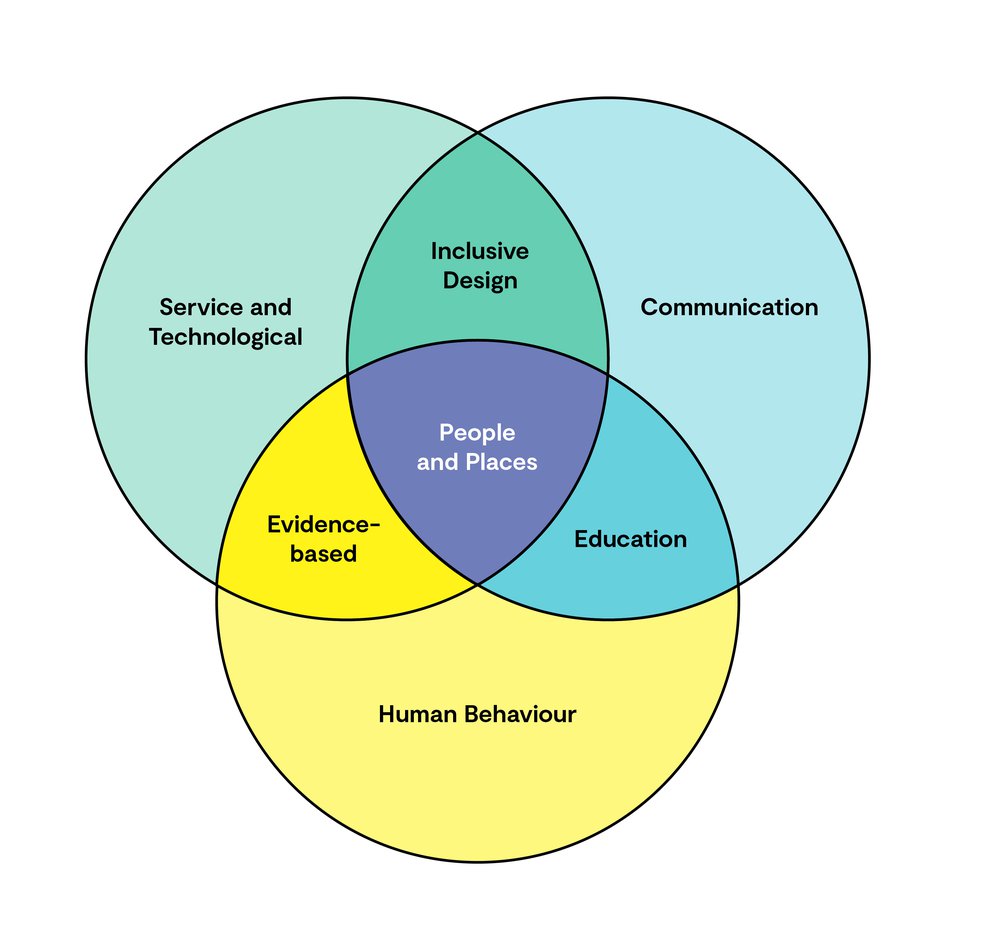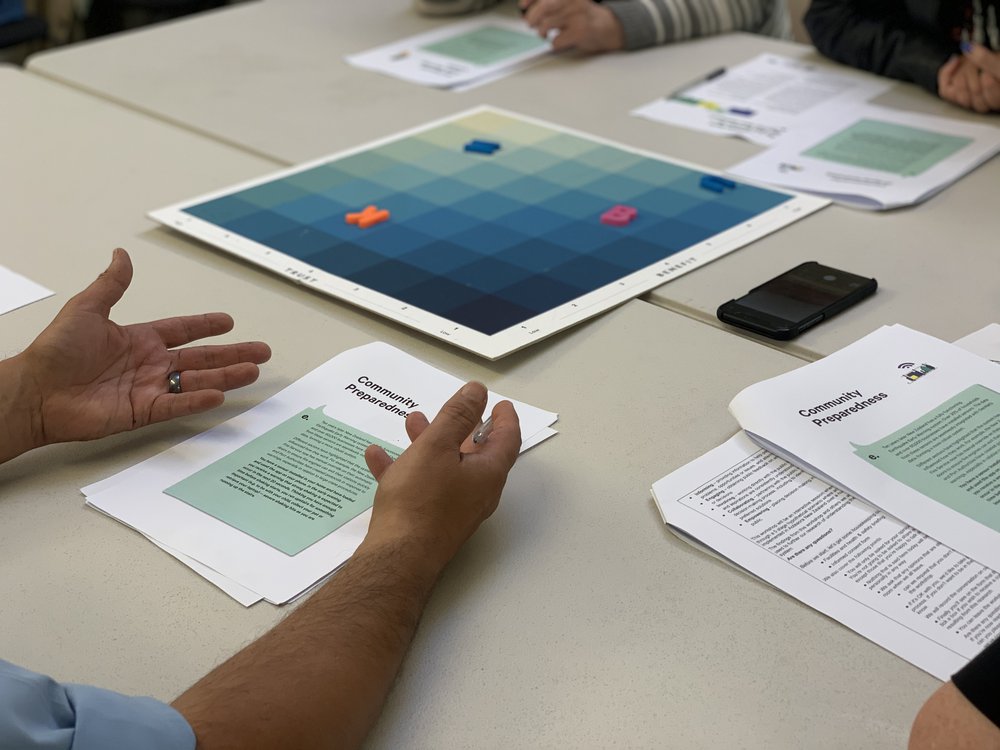An Earthquake Early Warning system for Aotearoa New Zealand?
An Earthquake Early
Warning system for
Aotearoa New Zealand?
In 2020 Toi Āria collaborated with two others research units at Massey University — the Joint Centre for Disaster Research and Massey Geoinformatics Collaboratory to explore how Earthquake Early Warning systems might be developed and implemented to mitigate risk in earthquake-prone countries.
Over the course of a year and a half, the team at Toi Āria ran a series of participatory and future-focussed workshops to help explore the views of people in New Zealand regarding the implementation of an Earthquake Early Warning system — understanding the opportunities and challenges of establishing such a system.

There were several overarching themes and principles that emerged from the conversation with New Zealand people in response to the Earthquake Early Warning scenarios. A consistent requirement voiced by the public was the need for a holistic system prioritising human needs over technical requirements or feasibility. The central principle underpinning participants’ responses was to protect people in the place they live. People’s worldviews and lived experience informed their levels of trust and perceived benefit in each of the scenarios. Participants frequently made reference to their geographical locality and the specific impact of earthquakes and associated disasters (e.g. coastal environments with high tsunami risk).
The public stated that an technology system to warn of imminent ground-shaking needs to be designed in a way that provides equal access and equal benefit to everyone, regardless of location, financial situation, ability or budget. The system needs to take into consideration people without phones or internet, and who live in areas without digital access. It also needs to include people that want to participate in the initiative but find that the cost of the sensor, internet, and electricity is prohibitive.

Community responses could be grouped into three main thematic areas or ‘lenses’ — human behaviour, aspects of services and technology, and clear communication related to an Earthquake Early Warning system. Each of these lenses can be understood as interconnected, informing and responding to each other. To read more about what communities told us download the report.

The public engagement component of the Earthquake Early Warning project consisted of eight in-person workshops involving 140 participants from throughout Aotearoa New Zealand (Wellington, Orewa, Nelson, Lower Hutt, Gisborne, Seddon, Upper Hutt, and Waikanae).
The research team used our Comfort Board methodology for the public engagement. This method provides a structure for meaningful conversations about subject matters that can be technically complex and emotionally challenging.
To process uses a fictional five-stage scenario takes participants through a time period of 10 years in which an Earthquake Early Warning system is rolled out in Aotearoa. To read more about participant views please download the full report.
